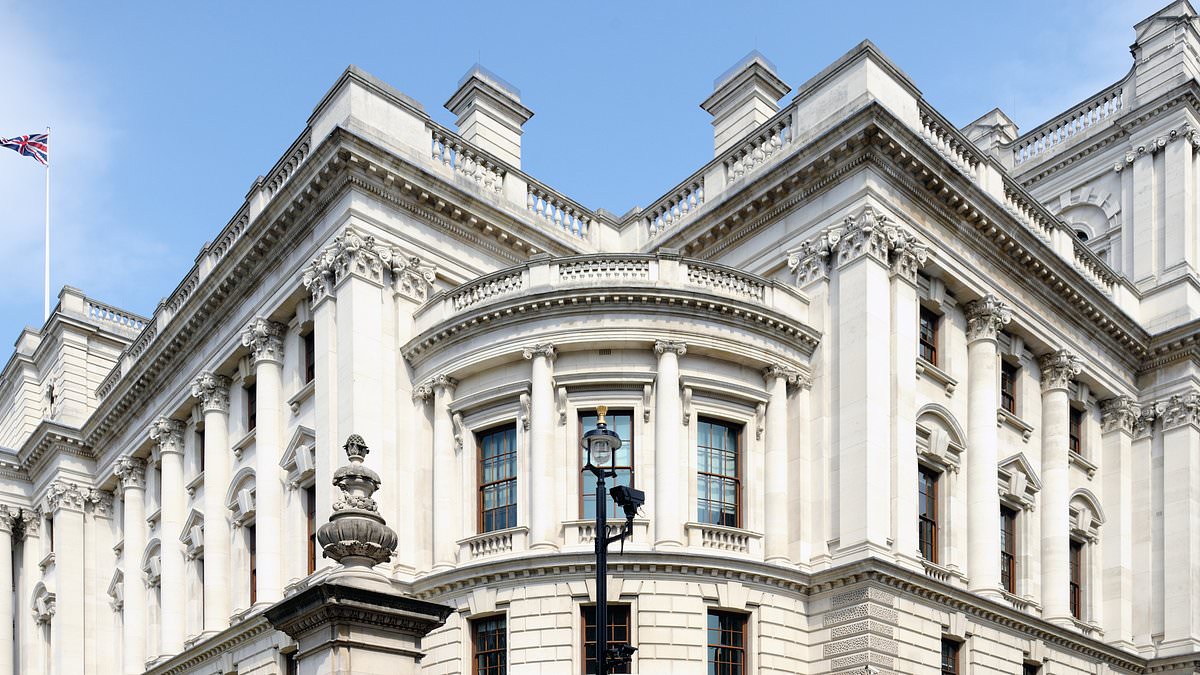Summary
Three things are usually sought for by conservative investors: consistent returns, inflation protection, and capital safety. Fixed deposit rates are declining as a result of the RBIs rate reduction, hence FDs are no longer meeting all expectations.
Source: Goodreturns

AI News Q&A (Free Content)
Q1: Why are fixed deposit interest rates declining in 2025, and what impact does this have on conservative investors?
A1: In 2025, fixed deposit interest rates are declining primarily due to the Reserve Bank of India's (RBI) rate reduction policies. As a result, these deposits are becoming less attractive to conservative investors who typically seek consistent returns, inflation protection, and capital safety. The reduced rates mean that the returns from fixed deposits may no longer keep up with inflation, thereby eroding the purchasing power of the capital invested.
Q2: What are the alternatives for conservative investors given the decline in fixed deposit interest rates?
A2: Conservative investors might consider alternatives such as government bonds, high-yield savings accounts, or diversified mutual funds that offer a balance of safety and returns. These options can provide better interest rates and inflation protection compared to traditional fixed deposits.
Q3: How do flexi-fixed deposits differ from traditional fixed deposits in terms of benefits to investors?
A3: Flexi-fixed deposits offer a combination of the liquidity of savings accounts with the higher returns of fixed deposits. This type of deposit allows investors to withdraw funds as needed while still earning interest on the remaining balance, making it an attractive option for those seeking flexibility along with returns.
Q4: What role do socio-economic factors play in the investment choices of conservative investors in India?
A4: Socio-economic factors such as income level, urban or rural residence, and access to financial information significantly influence investment choices. For instance, urban investors with higher income levels may have better access to financial advice and products, allowing them to diversify their investments beyond fixed deposits.
Q5: How have recent economic models adjusted to incorporate behavioral expectations in understanding interest rate trends in India?
A5: Recent economic models, such as the New Keynesian DSGE framework, have incorporated behavioral expectations to better capture the distributional characteristics of India's output gap and inflation rates. This approach provides a more accurate analysis of interest rate trends by considering factors like consumer behavior and market sentiment.
Q6: What impact did India's COVID-19 vaccination program have on economic recovery and interest rates?
A6: India's COVID-19 vaccination program generated significant positive supply shocks that helped counterbalance the prolonged negative demand shock caused by the pandemic. This led to a more robust economic recovery, influencing interest rate trends by stabilizing inflation and supporting economic growth.
Q7: What strategies can conservative investors use to mitigate the risks associated with declining fixed deposit rates?
A7: Conservative investors can mitigate risks by diversifying their portfolio across different asset classes, such as equities, bonds, and mutual funds. Additionally, they can consider investing in inflation-linked bonds or exploring structured products that offer capital protection with potential for higher returns.
References:
- Interest rate
- Bank rate
- Flexi Fixed Deposits
- Unmasking inequility: socio-economic determinants and gender disparities in Maharashtra and India's health outcomes -- Insights from NFHS-5
- Behavioral Expectations in New Keynesian DSGE Models: Evidence from India's COVID-19 Recovery and Vaccination Program





